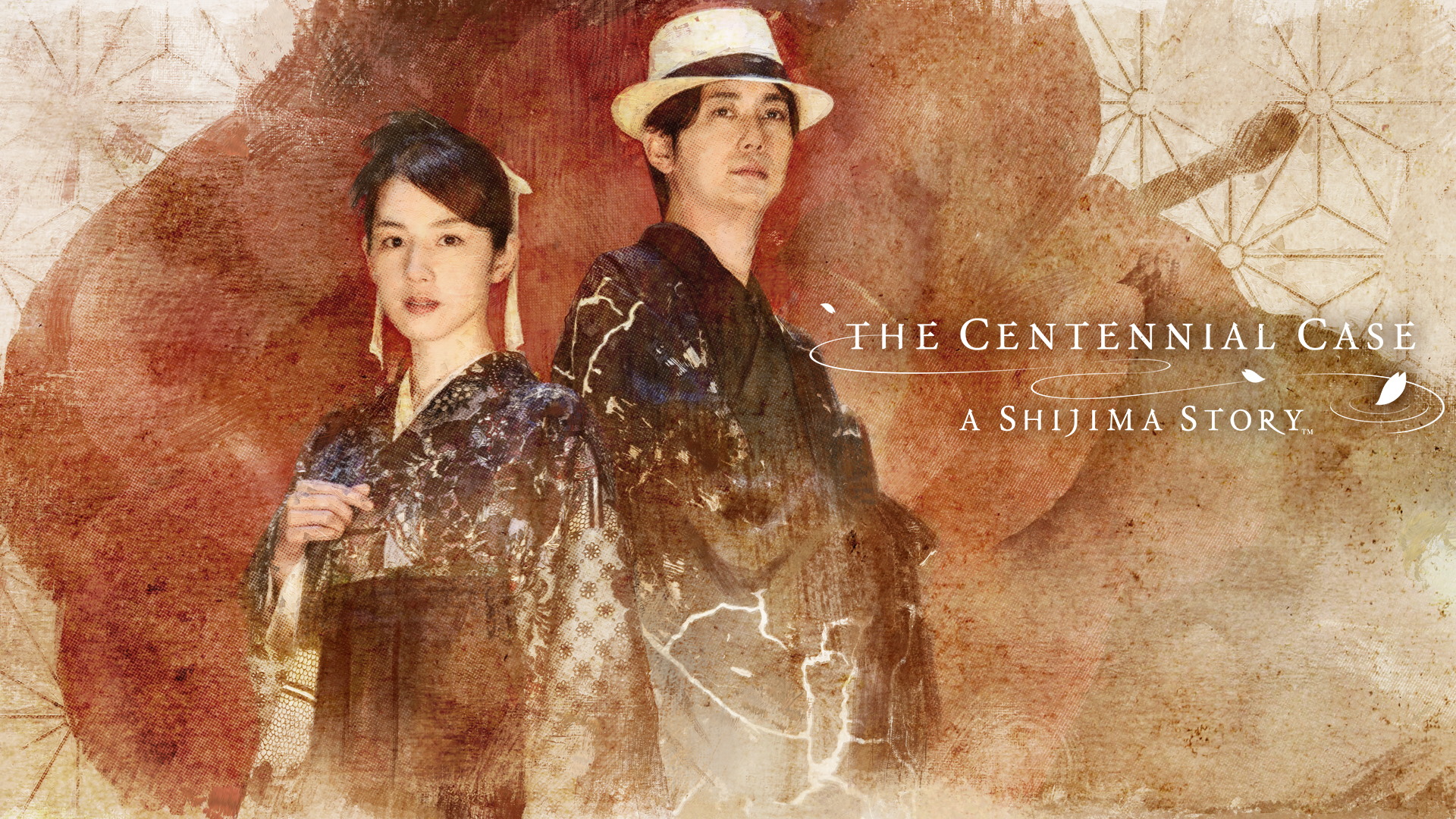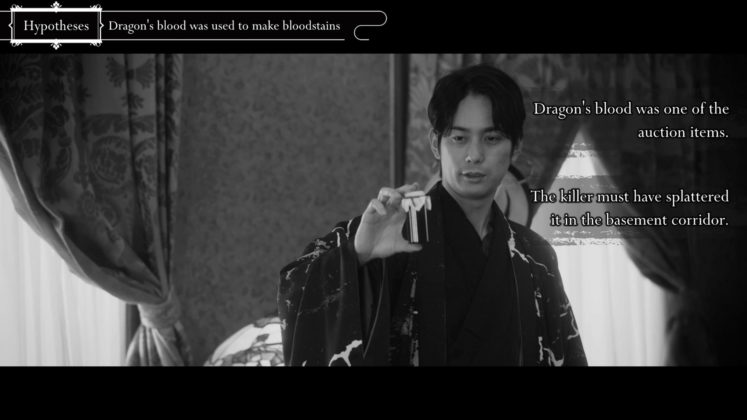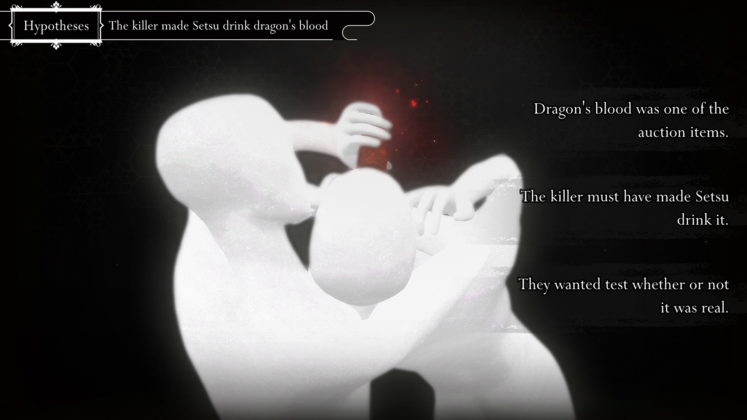Developed By: Square Enix
Published By: Square Enix
Platforms: Nintendo Switch, PlayStation 4, PlayStation 5 & PC
Reviewed On: PC
In the world of gaming, we are indulged with many genres of the shooter, RPG, farming, and action-oriented designed games, but rarely in the sense that the industry has explored much of FMV’s or as I would like to call it live-action visual novels. So much so that it is even rarer that an FMV genre such as The Centennial Case: A Shijima Story blends in Cluedo and a higher grade cinematic approach. To be honest, I never had a pretty good experience overall with past FMVs due to the fact that the cinematic approach either appears dimmer, dull B-movie style, simple UI designs, or even poor acting executions. At first, I saw some of the said elements in early impressions of The Centennial Case but I am glad as a whole package, it is pretty much a step up from the FMV predecessors. Wanna know why? here’s my review of The Centennial Case.
Cinematic & Acting – Simply Top Notch
Spectacular visuals make this a strong contender. The cinematic shots are both beautiful but clear, with a sense of clarity in every shot except for a few shots involving night scenes that look grainy or blurry as if they were taken with another camera. Besides that, most of these shot looks like starry leaves with close-ups along with blurred-out and abstract backgrounds, giving it a form field of depth – making it look like a higher grade Japanese/Korean show series.
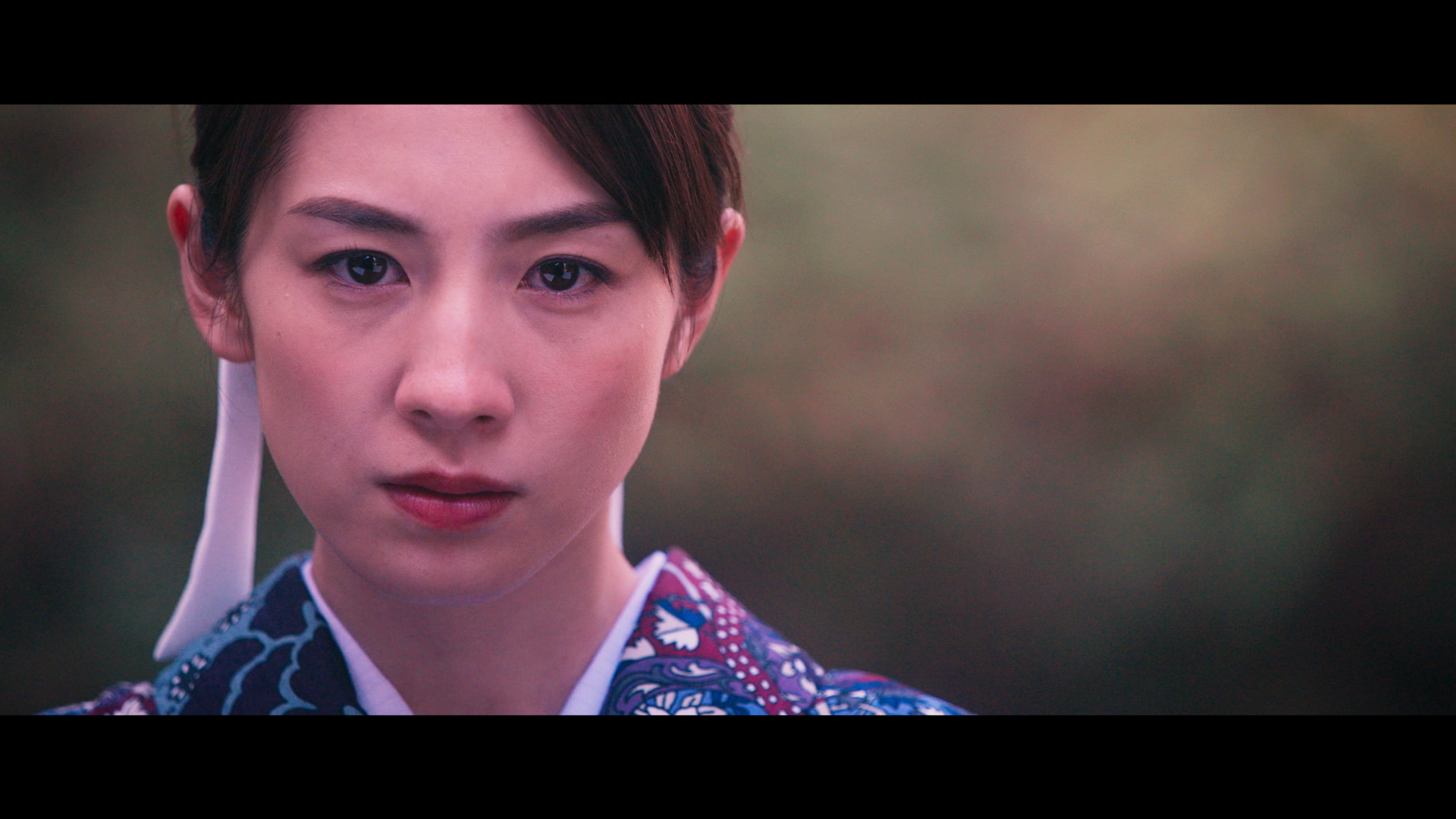
Additionally, the camera reels a unique spin of the main colour palette green tone hue as a part of the main theme of the present timeline while using the bright pink/red hue as well as muddled yellow, indicating the past. Muddled yellow is my least favourite of the timeline’s colours due to the fact that it involves a nightclub which does not fit the right tone of the location’s atmosphere.
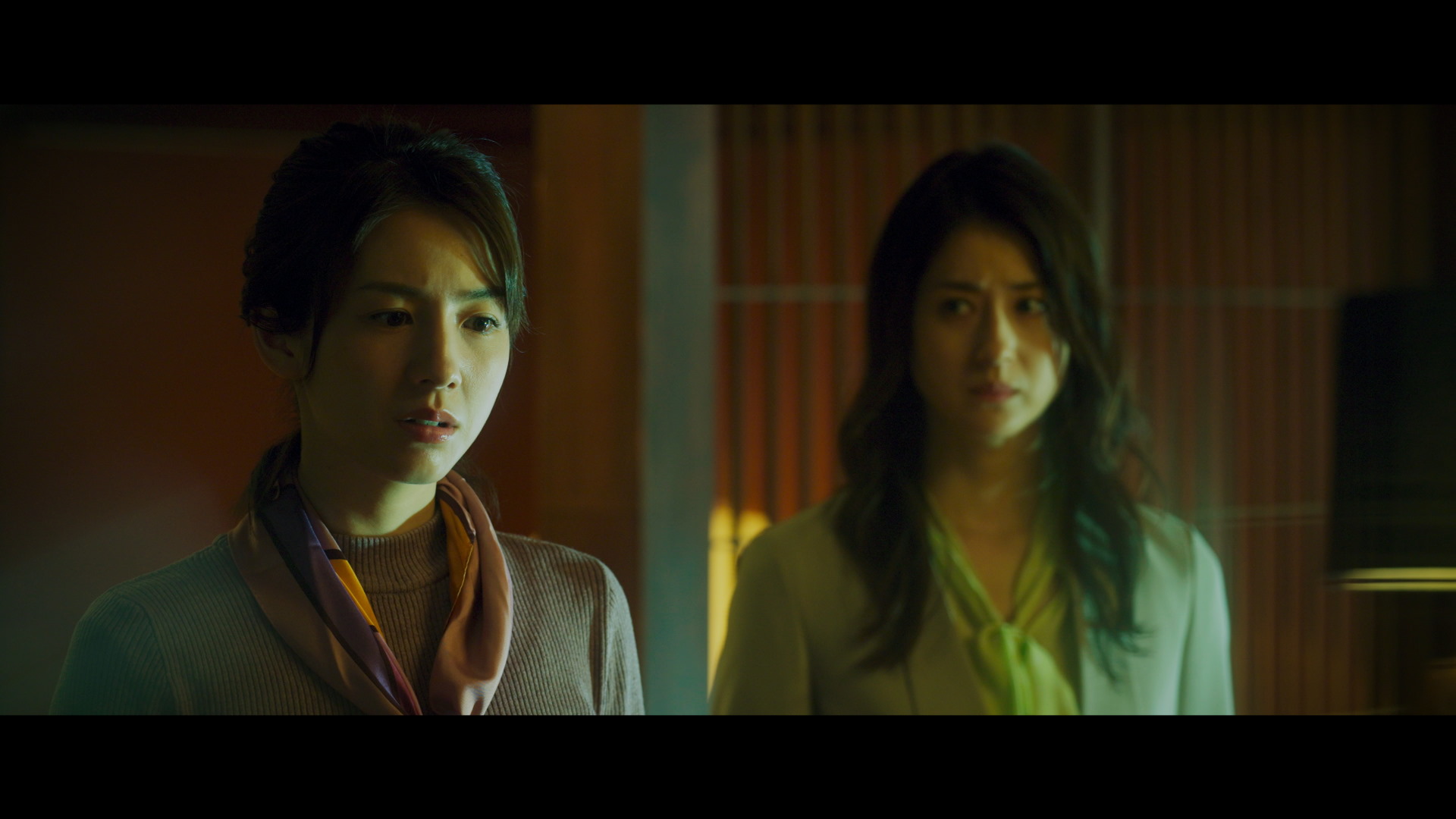
The actor and actress acting was static and subtle at first due to the fast pace introductions scenes in chapter one. However, as time moves on, their acting actually blossoms – showing off their expressions better. In different chapters, each actor plays a different character as the main character is filled with her imagination through reading the book. That being said, the characters acted by the same actors don’t feel completely distinct from one another, and this is mostly due to the fast-paced storytelling and writing that cuts off their characterization needed to make it feel so, in my opinion.
Music & Voice Acting – Best Played With Headphones
In my initial playthrough, I played The Centennial Case in English dubs first based on a previous impression piece and after many years of playing Japanese-based games, I know Japanese voice acting, in general, is pitch-perfect. As expected, I do not recommend playing The Centennial Case with English dubs as in general, it sounds mundane, out of sync, and at times out of character that is not well adjusted.
The songs in the background, on the other hand, subtly change in every scene that is surprisingly timed well with any seam of the moment – be it intense, investigations, puzzles, or a sense of thrill. I caught a few violin pieces, piano, and flute that are strung together with some mild sentimental female singing in the background. Seemingly feels more akin to an eastern orchestral natural theme that soothingly elevates the scenes. Although, the song does shifts to a comical moment when the player makes a wrong choice, with the song breaking apart slowly and dropping; turning a tense moment into a comedic one.
Story & Gameplay – An Overthinking Investigation
As a summary of The Centennial Case, the player assumes the role of the writer Haruka Kagami as she uncovers the mystery of eternal life while she reads a series of books about a number of murders over a century interweaving with her own current events.
In my opinion, the weakest aspect of The Centennial Case is the writing and storytelling; there is a lot of throwing the bone of one theory after the next. Instead of getting to know the characters, tying up loose ends, and unraveling the mystery behind the said immortality – the story is abruptly distracted by multiple series of murders. Furthermore, this is more akin to a linear storytelling experience with any chosen dialogue that will end up in the same progression of storytelling that does not sway or ended up in a game over screen; forcing me to take the path that the story wants. In other words, there is plenty of room to flesh out the characters, mystery, and tie up loose ends in the story. Heck, this could even be included in the explanatory scene when the player chooses the wrong dialogue that makes the scene even more enlightening rather than the straight comical end.
In terms of solving crimes, Haruka is a writer and not a detective, as she visually skims through and assumes a lot when a murder happens without actually examining and touching the body to find more evidence. All the assumption in her head turns into puzzle pieces that I as a player have to think about and deduce the logical path that truly makes sense to the crime. For that, I am simple-mindedly weak at this stuff because throwing clues everywhere makes me imagine every aspect of the scenario and conclusion until the point that anyone involved is a potential criminal. While this serves the narrative purpose of The Centennial Case but to me, these cases could mostly be solved quickly if the main character or others can just simply touch/move the body, and curiously look for the killer’s weapon rather than pondering and assume while saying that we shouldn’t touch a crime scene without the police arrival type of excuses.
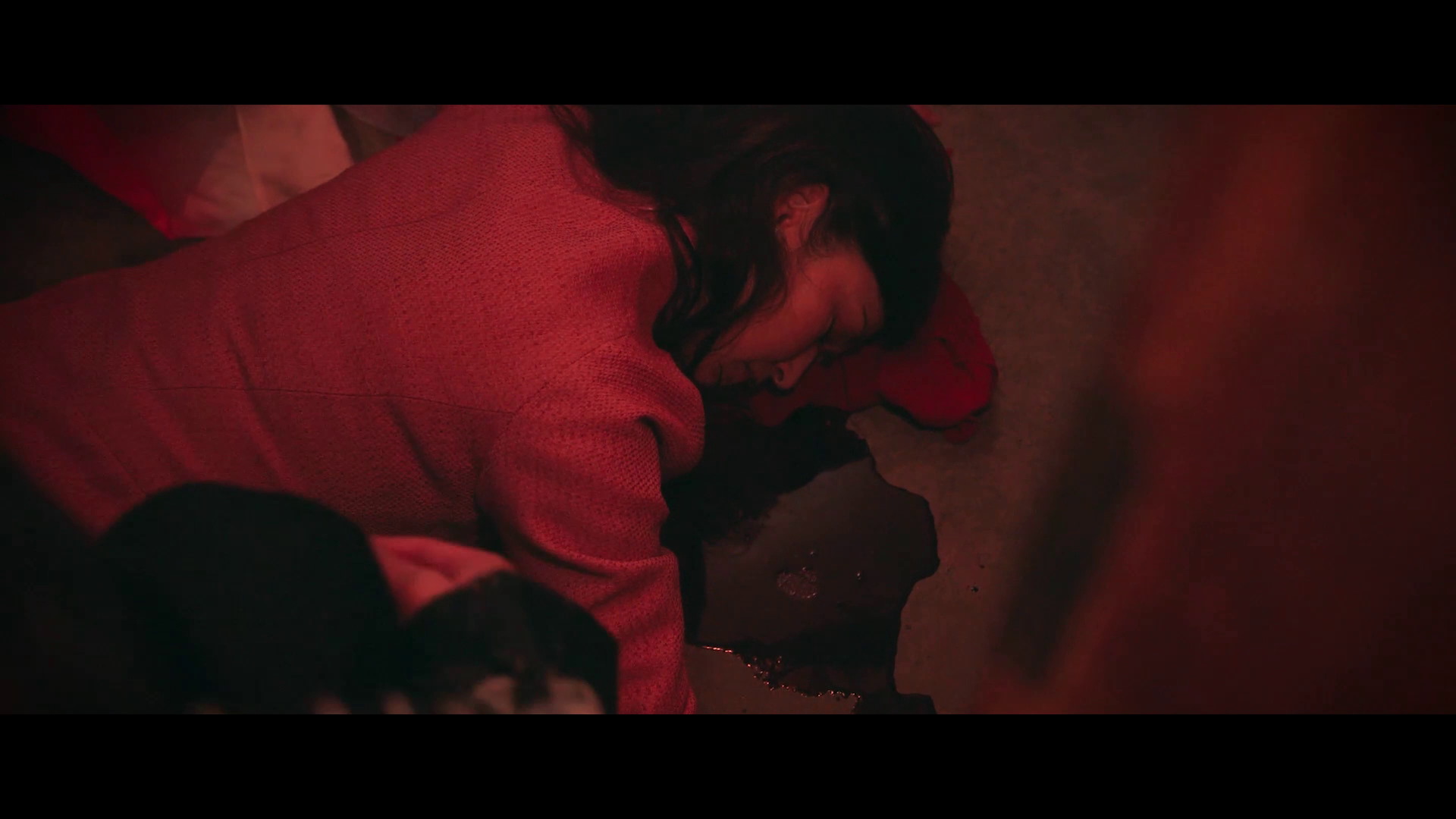
The gameplay aspect is pretty repetitive in regards to the formula flow involving the player looking at a long scene, picking up clues along the way via one button pressing, and putting hexagonal clues into slots relating to the survey context questions such as “Who has motive” or “where the murder takes place” and ends in pointing out on who is the murderer with dialogue choices.
While the gameplay flow felt detached and compartmentalized to me, I understand that using mini midscene interactions such as opening a door or opening a book, depending on the presentation of the game, could risk breaking immersion if done poorly. Besides that, solving the hexagonal aka hive-designed clues into slots does accrue points which can be used to give hints on what the right clues to be placed as well as hinting the right dialogue options upon pointing out the right direction, should the initial dialogue options fail. Other than that, there are no other ways to utilize the points and ranks given such as purchasing a gallery of characters, portraits, music, art books, and scenes which is a shame.
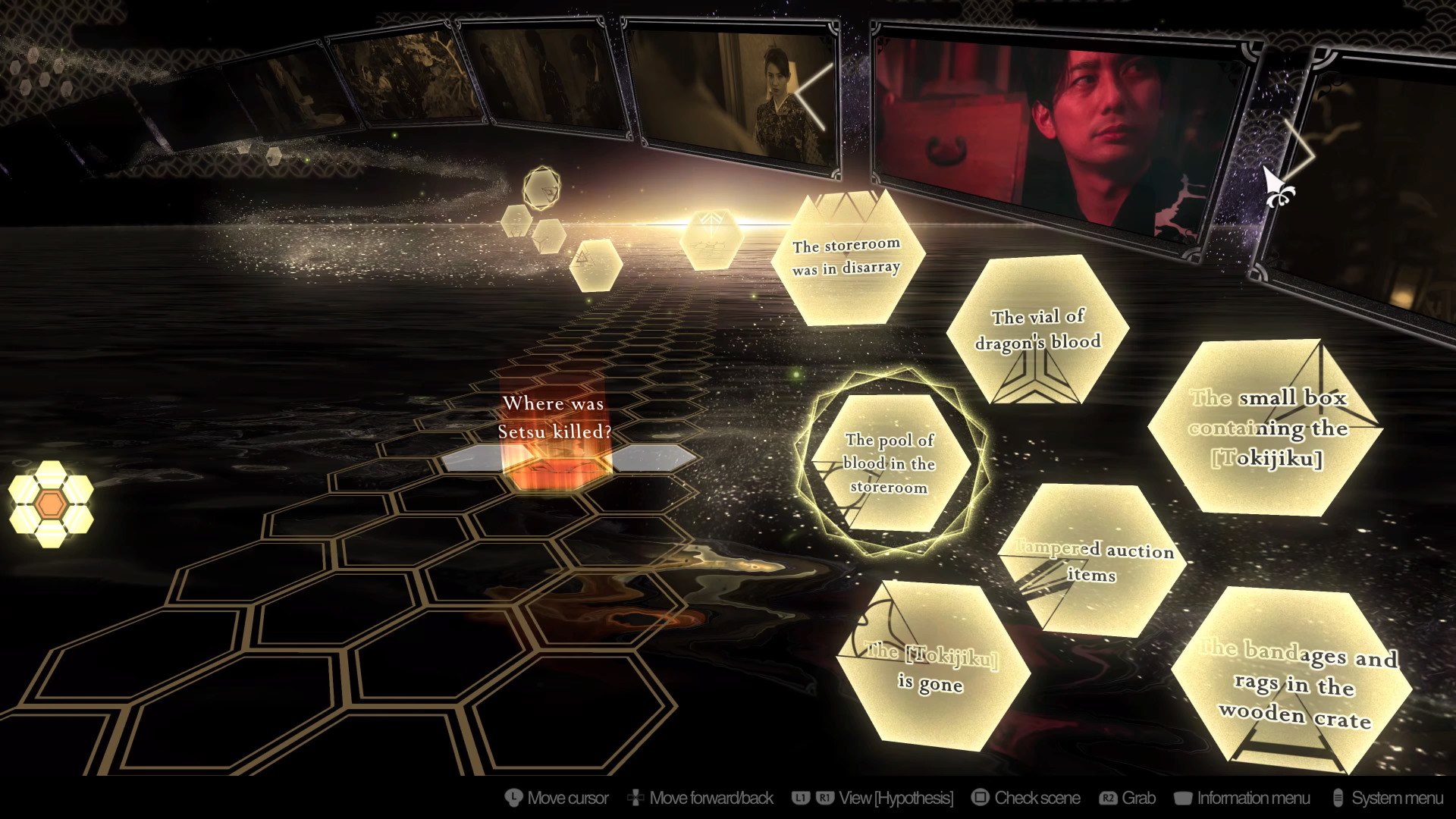
This seems predictable at first but as the chapters move on, there are times that culprits tend to challenge you with anxiousness on their faces aka L.A. Noire style – forcing me to read more in-depth information via the options menu to shed more light on the case which can be a subtle eureka experience. This experience alone starts to get better as I played further, but these are only a few instances that occur that I wish occurred more often to really enhance the experience including a mini escape room gameplay moment.
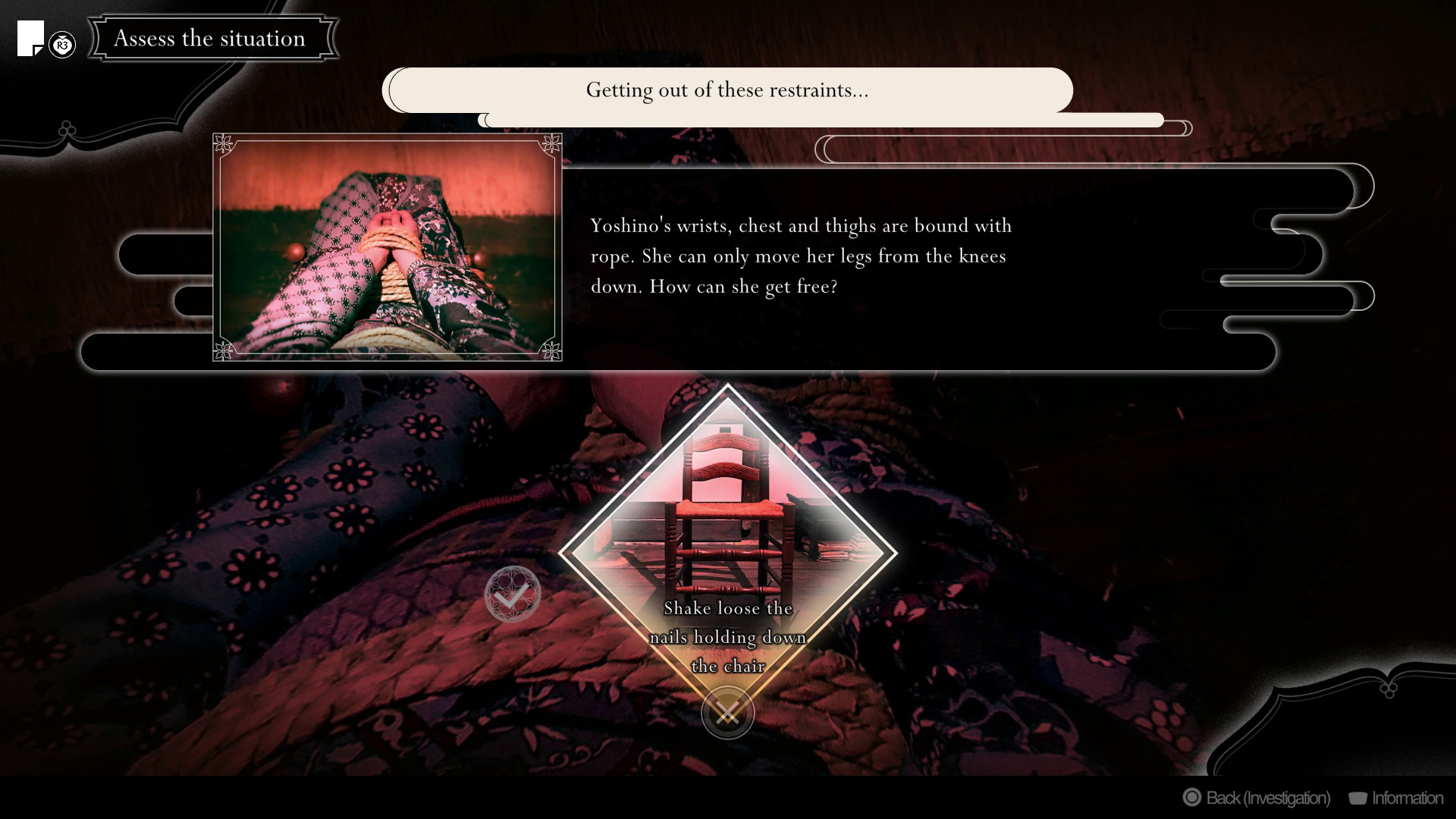
However, in terms of hexagonal puzzles, the gameplay does turn somewhat dull in the sense that each piece of the puzzle I solved by placing the hexagonal clues is presented with a lifeless black and white or 3D scene retelling of the hypothesis scene via text that felt longwinded and stagnant. I do wish there was a skip or a fast-forward button to skim this through because most times it felt like a constant nag of reminders of what is going on.
Unfortunately, there are game-breaking bugs where cinematic scenes don’t transition, got stuck and UI buttons aren’t interactive, which causes the game to hang during a cinematic transition as I play without stopping for an extended period of time. Perhaps stress testing is needed to iron out these issues.
UI Designs – Clean, Exquisite, But Buggy
The UI designs are my favourite, reminding me of Hanafuda mixed with Japanese line art graphics that portray a gentle wind and water thin lines that felt contemporary and clean. My second favourite button is the Tab key which details all the characters with their crisp-looking portraits, timelines, information, and clues; however, I find the Map section pointless as it does not contribute to the investigation at all.
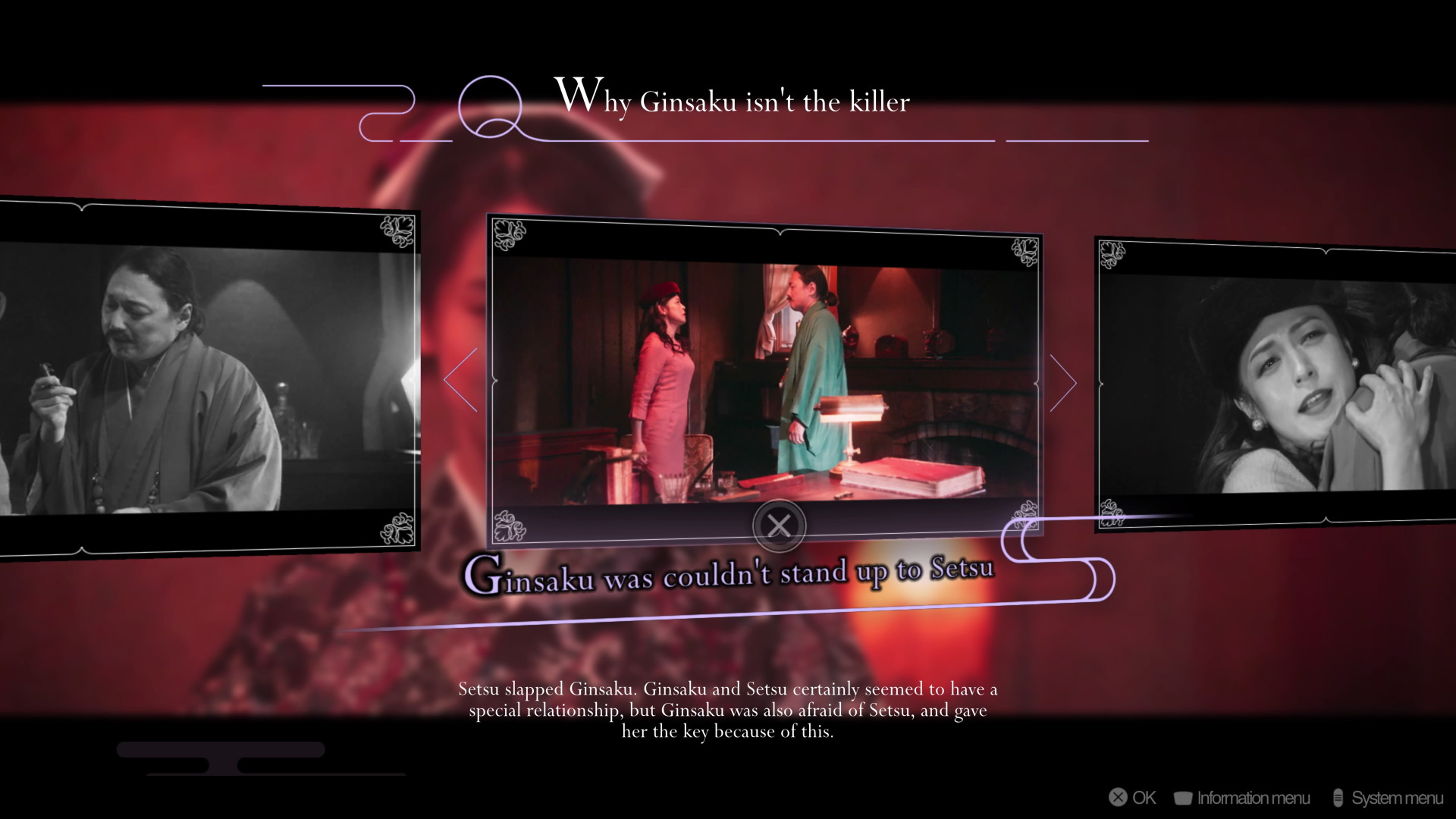
On the other hand, the English subtitles are placed on the scene as well as on top for the introduction of characters, objects, and places additionally with their own separate English text right beside their Japanese text. On my niche side, this can make the screen look messy with texts around. At the bottom of a scene where subtitles are replaced with the design of a remote button for fast forward, rewind, character information, and pause. These buttons should only be visible when I press a keyboard button and shouldn’t appear at all times which can be unnecessarily distracting like a constant reminder that I am watching a movie; even Netflix knew how to fade out the navigation bar.
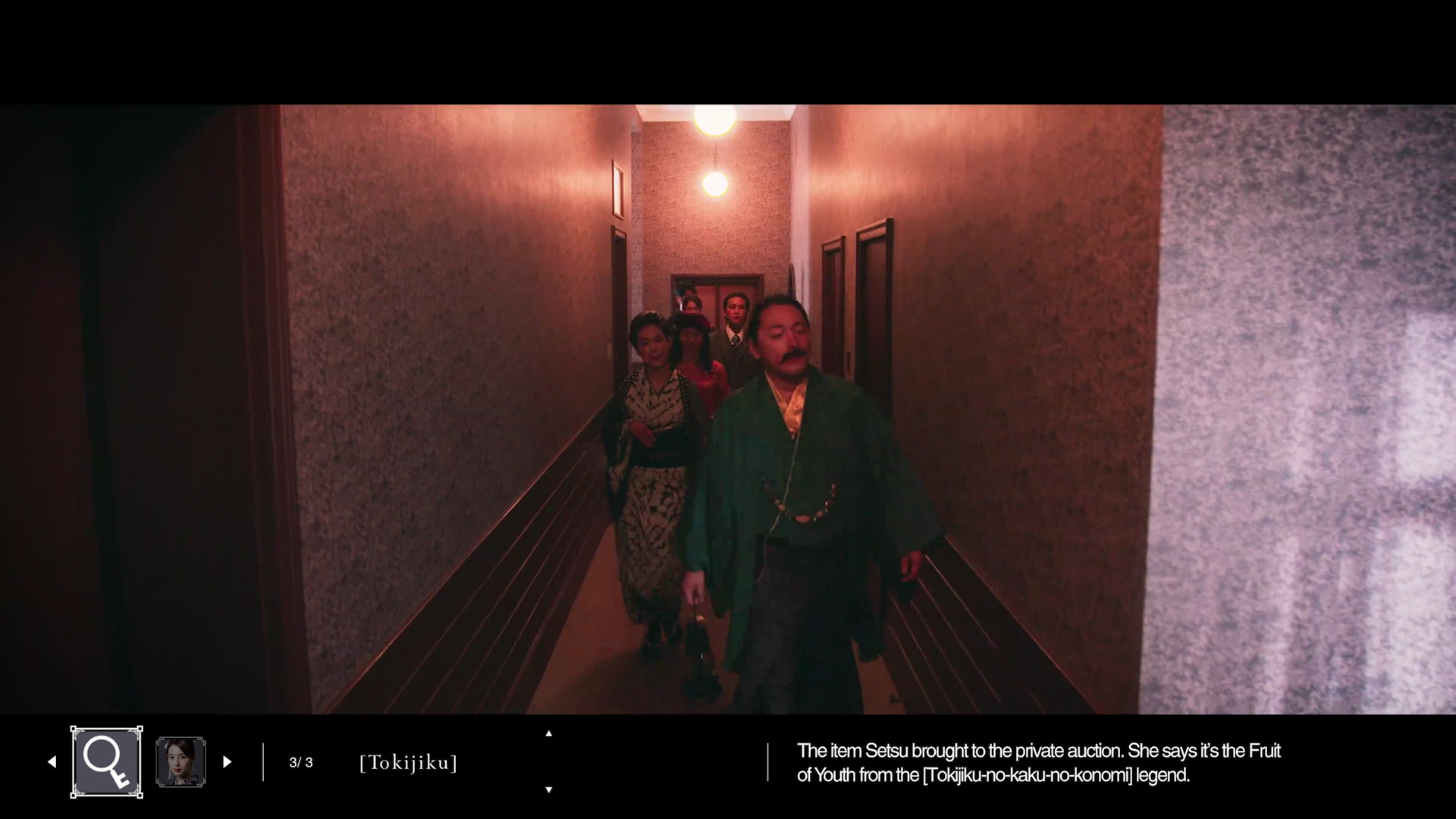
There are also the oddities I found like I missed the initial option for English subtitles at the first start of the game, different subtitle language upon a transition of certain scenes, and that the main menu options in the game can be accessed by using Shift instead of the Esc key. The puzzle element of placing clues into a slot is extravagantly designed but hardly practical as sometimes I find it hard to place top empty nodes as the design perspective of hexagonal slots skews smaller and the selected clue answer blocks turn enlarged when selected and mildly obscure my view of the puzzle behind – like threading a needle. In addition, the context of answers to the question placed is illogical at times in the sense of answering ‘what’ instead of ‘who’, causing me to place trial and error on any clue block I can find, making it feels more like a chore.
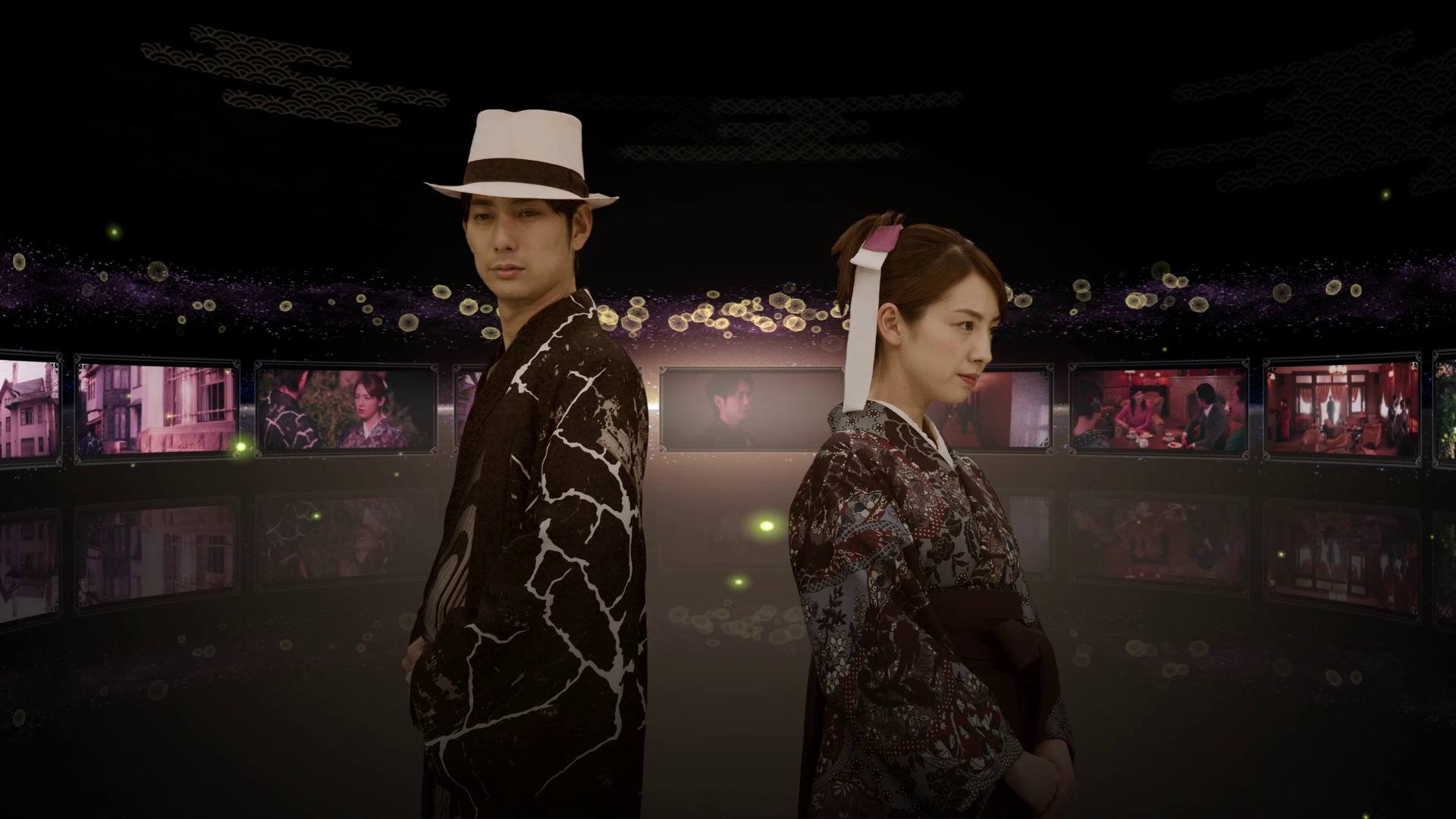
What I Liked
- Cinematic in general– Abstract background and good clear shots
- Sounds – An assembled mood of sound tinkering the moods of awe, mystery, comedy, and suspense.
- Voice Acting – Japanese (of course)
- Acting – Initial acting was less noticeable, but things got better as the story progressed especially when it is L.A. Noire’s approach of facial expressions of pointing out who is the culprit in most cases.
- Good UI designs – Info tabs are clear and designed with sharp thin lines.
- Gameplay – The overall flow of the game gets better over time, as well as the rarely utilized Escape room mechanics with clues searching, which is pretty awesome.
What I Wished Was Better
- Certain Cutscene and camera work – Some night shots are grainy and nightclub scenes are muddled with a yellow hue which is my least favorite.
- Game breaking Bugs – Stuck/hanged in transitions between scenes and UI unresponsive after a long period of time.
- Storytelling – Fast-paced with mainly throws a lot of bones of possibilities and unanswered loose ends in its linear storytelling; focusing too much on the murders neglecting most of the past, mystery, and backgrounds of the characters.
- Subtitles – On the niche side, it’s pretty much all over the place and at times displays a different language upon transitioning of a scene.
- Remote Control navigation bar and unnecessary UI tabs – Map and the remote control tab at the bottom of the scene are pointless and can be distracting from the scene. Including the 5-second rewind/fast forward button.
- Voice Acting – English, felt out of place and expressionless like a dub in anime.
Welcome To The Family Feud
As an avid fan of the Ace Attorney series, Detective Conan, Sherlock Holmes, and L.A. Noire, I find The Centennial Case experience surprisingly enjoyable but I do not find the right justification to buy it at its high price point on PC unless, of course, you are a huge fan of the same genre and FMVs. Perhaps it would be a better experience playing it on a different console.
Although it is an obvious step up to the genre in terms of high-quality cinematic, acting, and sounds, that explains the high price point. There are major setbacks that could be improved upon to make the experience even more worthwhile such as more meaningful gameplay segments such as escape rooms, fast-forward dull hypothesis scenes, and ironing out major bugs in between. This could be addressed with updates, DLCs, or a future sequel but definitely, The Centennial Case gives me hope that FMVs can be such a worthwhile experience that doesn’t feel outdated at the same time.
Because this is a linear experience with no branching paths or collectibles, I wasn’t able to divulge more of its story plot as it would spoil the entire experience for any of you guys planning to purchase a copy.
